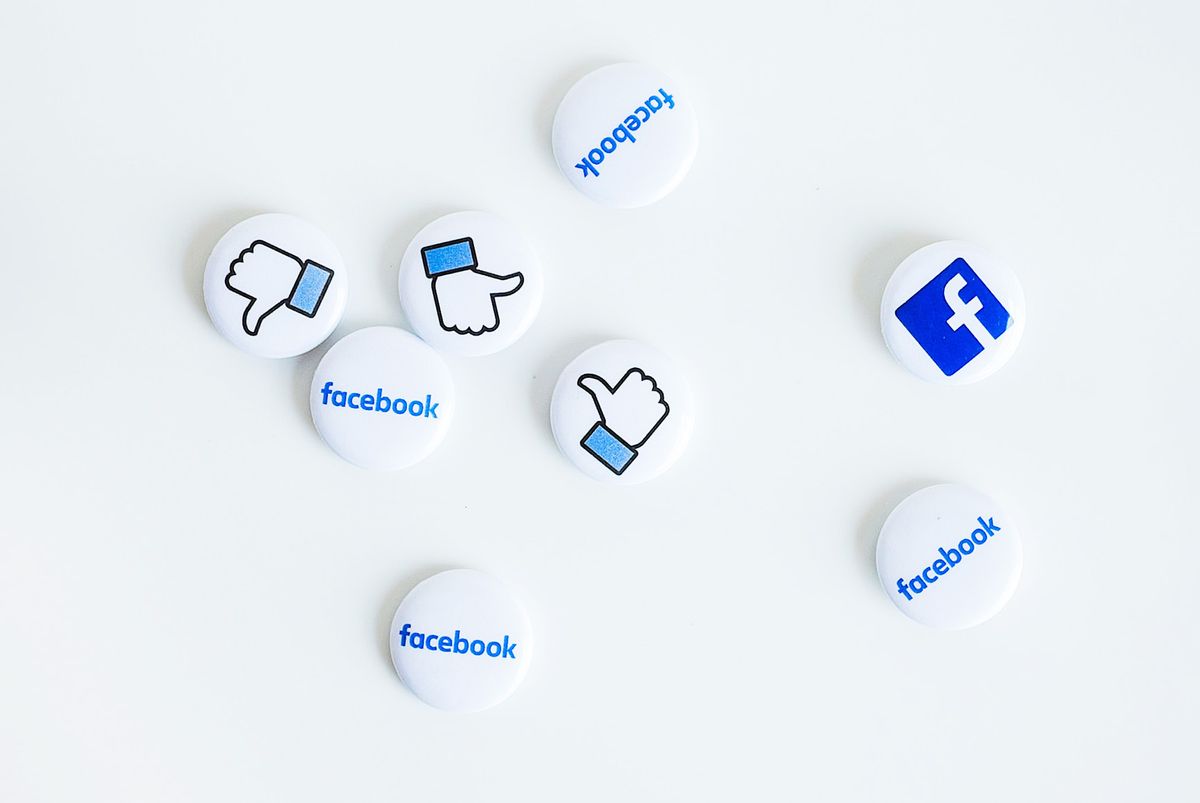Facebook traffic can be highly effective for Amazon sellers, driving more sales and boosting your ranking while also helping you develop a pool of leads you can continue marketing to. Facebook Ads can be a good way to funnel traffic from one of the world’s largest social media markets.
Even better, combining an already solid approach to Amazon PPC with Facebook Ads can generate a powerful paid acquisition strategy. Unfortunately, many budding businesses fail to fully consider the various pieces of this puzzle. Paid ads are never touch-and-go—especially when the platforms are competing for your marketing dollars.
In this post, we’ll cover the two different approaches to using Facebook ads to drive Amazon sales, their pros and cons, and how you can still make the best of both approaches.
Why Facebook?
Before we get too far into it, let’s do a quick sanity check—why choose Facebook?
– With 2.45 billion monthly active users, it’s the most used social platform.
– 74% of Facebook users are high-income earners, which means more disposable income.
– A comprehensive suite of tools.
When advertising, the goal is to reach as many customers who fit our buyer profile as possible. Given Facebook’s expansive user base, this will not be a concern.
Amazon-Facebook Ads Type 1: Direct Link

Facebook provides you with several options to engage with users and one of them is the ability to link out. One approach to using Facebook ads to drive traffic to your Amazon product is to link directly to the product from your ad.
Pros:
- Without an established brand and website, linking directly to Amazon means small businesses can benefit from the rapport that Amazon has cultivated over the years with consumers.
- There’s no need to create your own website and constantly update listings and content.
- There’s some value in sending high-intent users directly the product listing instead of funneling them through additional pages.
Cons:
- Without a landing page, you can’t host a pixel to re-market to visitors. Not everyone will buy your product first time they visit your page. The ability to re-market to their users in order to bring them back is incredibly valuable.
- Again, without the ability to add a pixel to a landing page, you lose out on conversion tracking. Without conversion tracking—understanding whether or not an ad paid off—your ad spend is at best a stab in the dark.
Seller Beware!
- Don’t hide the fact that you’ll be directing users to Amazon. The experience can be quite jarring, which means it’s a great way to drive visitors away.
- Don’t use the Amazon logo in your ad creatives.
- Set Facebook to optimize for driving traffic instead of conversions (because of the reasons mentioned above).
Amazon-Facebook Ads Type 2: Landing Page

Pros:
- You have the freedom to ask for email addresses, even before a buyer buys (e.g. signup discount, newsletter signup, etc.)
- Continue engaging with consumers even after they’ve left the page, whether it’s through remarketing or direct email outreach.
- Collect user data to fine-tune campaigns.
Cons:
- A landing page is another asset you have to worry about building and optimizing.
Avoid These Mistakes!

The challenge doesn’t stop at choosing between going direct or use a landing page (or testing both). Many Amazon merchants stay away from Facebook ads because they can’t seem to make it work, failing to realize there are several mistakes they’ve failed to identify and correct—but not you! Hit the ground running and don’t let these common mistakes trip you up.
Sending unqualified traffic directly to your product listing
While the goal is to increase traffic, you still want to make sure that the traffic consists of users who resemble your target buyer. This significantly cuts down cost but also tells Amazon that your listing is capable of generating high conversions.
Assuming your listing is perfect
If you’re successfully driving Facebook traffic to your product but the traffic isn’t converting, you can likely trace the problem to your listing. Ask yourself this, are you practicing the three C’s—clear, concise, compelling?
An Amazon product listing is not an exclusive space for your product. Visitors can see comparable products featured right next to yours, so ensure you’ve got what it takes to keep their attention.
Not splitting, testing, and optimizing
This one isn’t an Amazon exclusive, but it remains a common and costly mistake. Not testing different variables in your ad strategy means you’ve assumed that you’ve got everything right on the first try, from targeting to copy to creative. This likely isn’t the case.
For those who do actively perform split tests, are you doing it the right way? Properly testing a variable means everything else between the two campaigns are identical. This way, there’s no guessing as to the effectiveness of the change you made.
These are the three facets you should constantly be optimizing:
Audience – Start with a lookalike audience, modeled after your past Amazon customers. This can drastically narrow down your parameters. In parallel, you can also start pulling the levers yourself and building an audience from scratch.
Creative – Try different ways to visually appeal to users by testing between product shots and lifestyle photos. You can also use this real estate to add a text overlay and grab the viewer’s attention.
Copy – Keep your copy clear and succinct. Test things like adding emojis or including different benefits and unique selling points.
Diversify Your Traffic Sources

Looking to Facebook to drive traffic to your listing is work, but it’s undoubtedly worth it to at least give it a try. Investing in alternate traffic sources means you’re not solely reliant on Amazon for everything. Facebook ads give you the opportunity to own the traffic you’ve invested in and extend the engagement far beyond a single visit. That’s gold for business owners!












